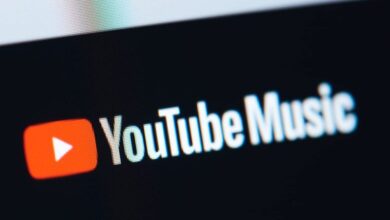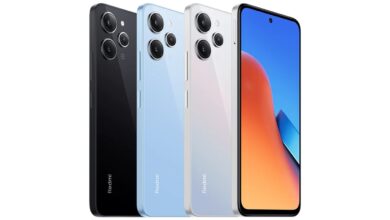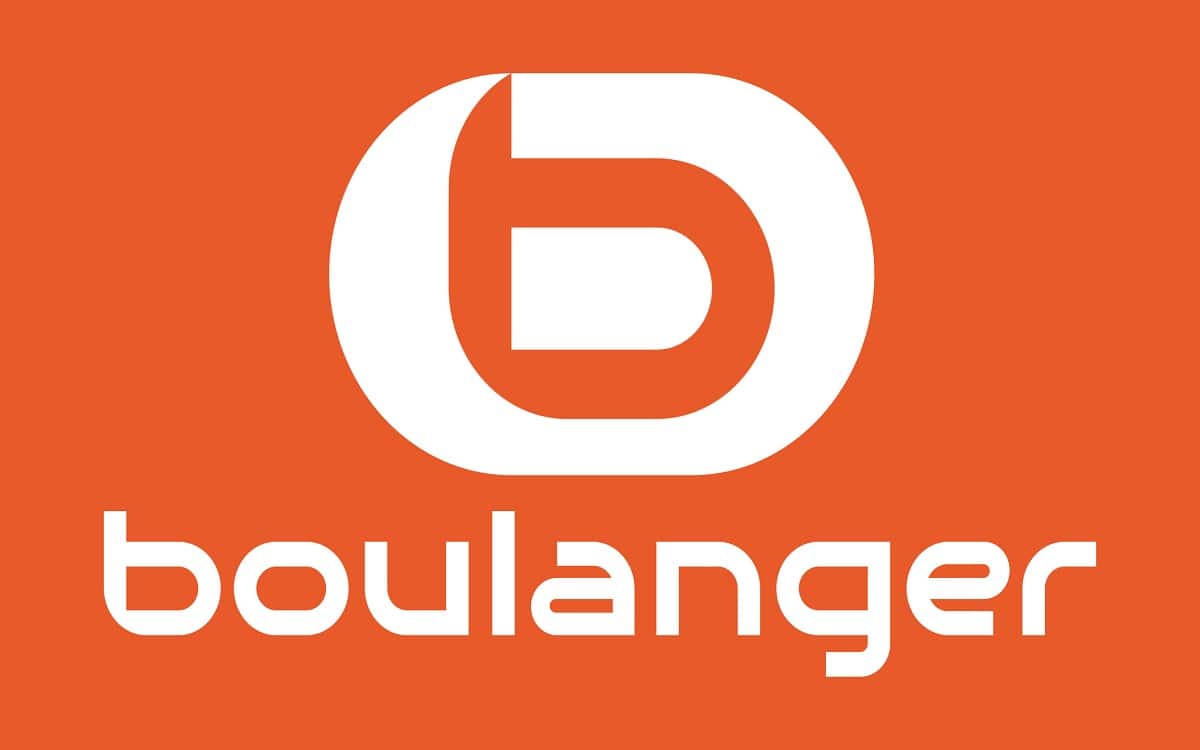
Li-Fi, or Light Fidelity, may become the new revolution in wireless technology. Its data transmission capacity may be the solution to the problems that Wi-Fi technology still presents.
Within a few years, it is very likely that instant replays of the most controversial plays of a football game will reach smartphones through laser light. This is at least the vision of Kyocera SLD Laser and one of many examples of how the company believes that laser chips, not LEDs, will help usher in the era LiFi.
This is a new stage in which modulated light waves will play a key role in the delivery of data and Internet services, complementing and, in some cases, replacing radio waves of Wifi.
And it is that the ability of laser chips to operate at speeds much higher than LEDs could be the jump that Li-Fi technology needs to finally push it towards widespread use.
In the last edition of the consumer electronics fair CES 2022, held in Las Vegas, Kyocera SLD has already demonstrated a Li-Fi laser setup running at 100 Gbps. This means that it can be up to 100 times faster than 5G and any Li-Fi LED, and probably around 600 to 700 times faster than the fastest commercially deployed Li-Fi LED.
Although Li-Fi has been talked about for a long time and it seems that it has not arrived, everything indicates that the definitive impulse could be closer than we think. One of KSLD’s partners, Spectrum Networks, is already working on designing Li-Fi equipment that will offer Internet and lighting services to commercial aircraft passengers.
The advantages of LiFi
One of the clear benefits that Li-Fi enthusiasts have long claimed over Wi-Fi is that it doesn’t interfere with radio equipment like Wi-Fi does. In environments such as aviation, this is a clear advantage given the existing problems surrounding the deployment of mobile services 5G based on radio near airports.
Consequently, it is a technology that can be used in places that are most sensitive to electromagnetic areas without causing interferenceas is the case with airports and hospitals.
In addition, being light, Li-Fi can make use of the entire spectrum of visible light so, by using a very specific wavelength, it avoids this interference with other devices.
Also, another advantage over radio waves is that they have another risk: they leak outside buildings where they can be hacked by cybercriminals. In contrast, the use of light requires line of sight, as some wavelengths would not be visible to human eyes.
In this way, it is a clear advantage in terms of security since, in the event that they want to hack these communications, cybercriminals will need to have physical access to the Li-Fi signal.
Li-Fi has a higher data transmission rate than Wi-Fi and higher security
Together with the higher data transmission rate compared to Wi-Fi, being able to reach 224 Gbps, its stability and security, there is another remarkable aspect of Li-Fi: its price. Everything indicates that it will be a cheaper option since it can be installed anywhere there is a light source. Something to which is added the fact that the cost of its infrastructure is better than that of Wi-Fi.
All this means that this proposal continues to gain followers day by day.
…And some disadvantages
At this point, the advantages of Li-Fi are obvious, but what are its weaknesses? Most experts agree, pointing out that the limited scope of this communication technology is its main disadvantage.
Although more and more applications are known in different spaces, initially its operation has been seen, above all, in closed spaces. However, the latest projects launched are beginning to question its possible application in more open spaces.
Also, while the cost of the technology itself may be cheaper, the infrastructure that it requires to function must be completely new, which supposes a considerable economic outlay.
However, in this balance between pros and cons Li-Fi could come out the winner compared to Wi-Fi and every day it sounds like a clear substitute. Its possibilities to be able to use the Internet regardless of aspects such as distance, the presence of obstacles or other radio waves could boost its adoption.
Apps proliferate
All in all, the intended use cases for Li-Fi have not changed since Harald Haas, then a professor at the University of Edinburgh, pioneered his invention more than a decade ago of sending data using light, using ledsinstead of radio waves.
Haas co-founded pureLiFi, where he still serves as chief scientific officer, and is in the business of selling LED-based Li-Fi, although he recognizes the benefits that will come from using Laser light and the need to move in that direction.
From Kyocera they also extol the role that Li-Fi plays in communications in the automotive sector, either from car to car or from car to another device. Not in vain, as the development of autonomous vehicles continues to advance, this technology will gain more weight.
And, similarly, it could also become a key to underwater communications.
Along with the professional field, Li-Fi applications for the domestic sector are beginning to proliferate
But if there is a sector in which Li-Fi could stand out enormously, it is in the solar panels, since it would give them the double function of reception. Haas himself is testing a system on Scotland’s Orkney Islands in which a lighthouse sends modulated light to solar cells in panels that also provide electricity to nearby homes.
Therefore, solar cells fulfill their purpose of conventional renewable energy while supporting data communications. It is a proposal towards net-zero, high-speed data communications.
Although up to now all Li-Fi applications seem to be focused on the professional field, during the past Mobile World Congress 2022 in Barcelona proposals for the domestic sphere could also be seen. It is the case of LiFi@Homewith which it is sought to be able to replace some LED bulbs in the home with Li-Fi bulbs that allow home automation devices to be interconnected without interference.
Optimistic forecasts for the future
All these cases lead experts to predict that coexistence between Wi-Fi and Li-Fi could be a reality soon. For some, Li-Fi can be seen as a complement to Wi-Fi and, depending on its development, who knows if it could even unseat it one day.
Not in vain, the LiFi Alliance, the organization that promotes this wireless connection thanks to light, predicts that it will not be until next year when this technology gets the necessary boost to take off thanks to the standard Light WLAN 802.11bb. And it will not be until 2025 when the first hardware devices compatible with integrated Li-Fi are expected.
Will these purposes be fulfilled? Only time will tell if the reign of Wi-Fi has come to an end and going for Li-Fi meets all needs.
Initial image | Robynne Hu





